Table of Contents
The Syrian flag, also known as the flag of Syria, holds a significant place in the nation’s history and culture, representing the Syrian identity and heritage. With its distinctive colors and meaningful symbolism, the flag stands as a powerful symbol of unity and pride. In this article, we will delve into the intriguing aspects of the Syria flag, exploring its design, historical background, and the symbolism behind its elements.
The Syria flag consists of three horizontal bands of red, white, and black, with two green stars in the center of the white band. The flag’s colors and stars hold deep symbolic meaning for the Syrian people and reflect the nation’s values, aspirations, and historical significance.
Syria Flag: Colors and Symbolism
- The flag of Syria features three horizontal bands of red, white, and black.
- Positioned in the center of the white band are two green five-pointed stars.
- The red band represents the sacrifices and struggles endured by the Syrian people.
- The white band symbolizes purity and peace, reflecting the aspirations for a harmonious society.
- The black band signifies the nation’s determination to overcome past oppression and colonialism. Additionally, the two green stars represent the historical unity between Syria and Egypt in the United Arab Republic.
New Flag of Syria

Old Flag of Syria
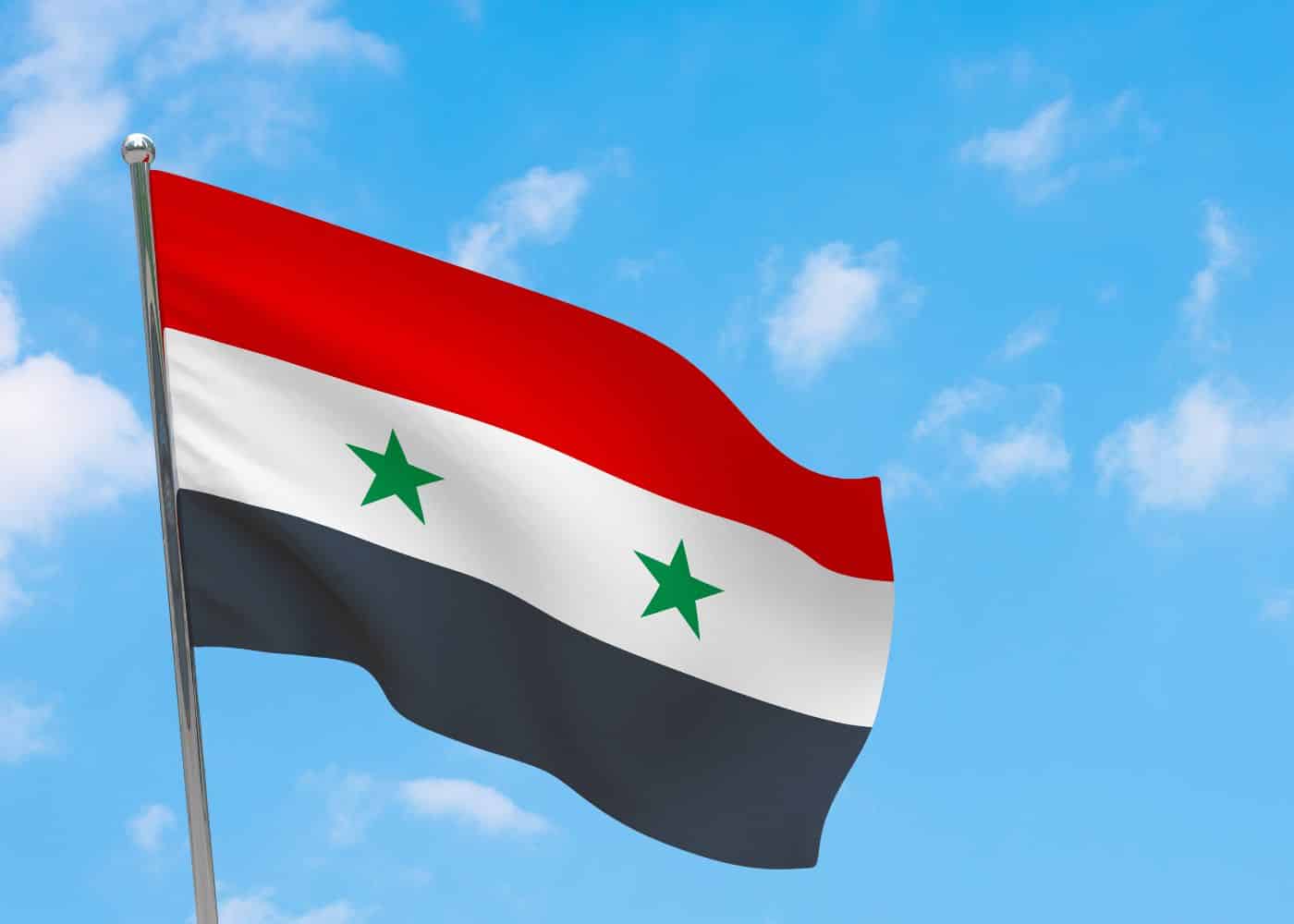
The Syrian flag features three horizontal bands: red, white, and black from top to bottom. In the center of the white band, there are two green stars.
The red band at the top represents the valor and sacrifices made by the Syrian people in their struggle for independence and freedom. It symbolizes the courage and determination of the nation.
The white band in the middle represents peace, purity, and a bright future for Syria. It reflects the hope and aspirations of the Syrian people for a harmonious society.
The black band at the bottom represents the dark period of colonization and oppression that Syria endured. It serves as a reminder of the nation’s resilience and the strength to overcome challenges.
The two green stars in the center of the white band represent the unity and solidarity among the Syrian people. They symbolize the historical union between Syria and Egypt, forming the United Arab Republic in the past. The stars also represent the desire for Arab unity and the unity of the Syrian people.
National Flag Etiquette and Protocol
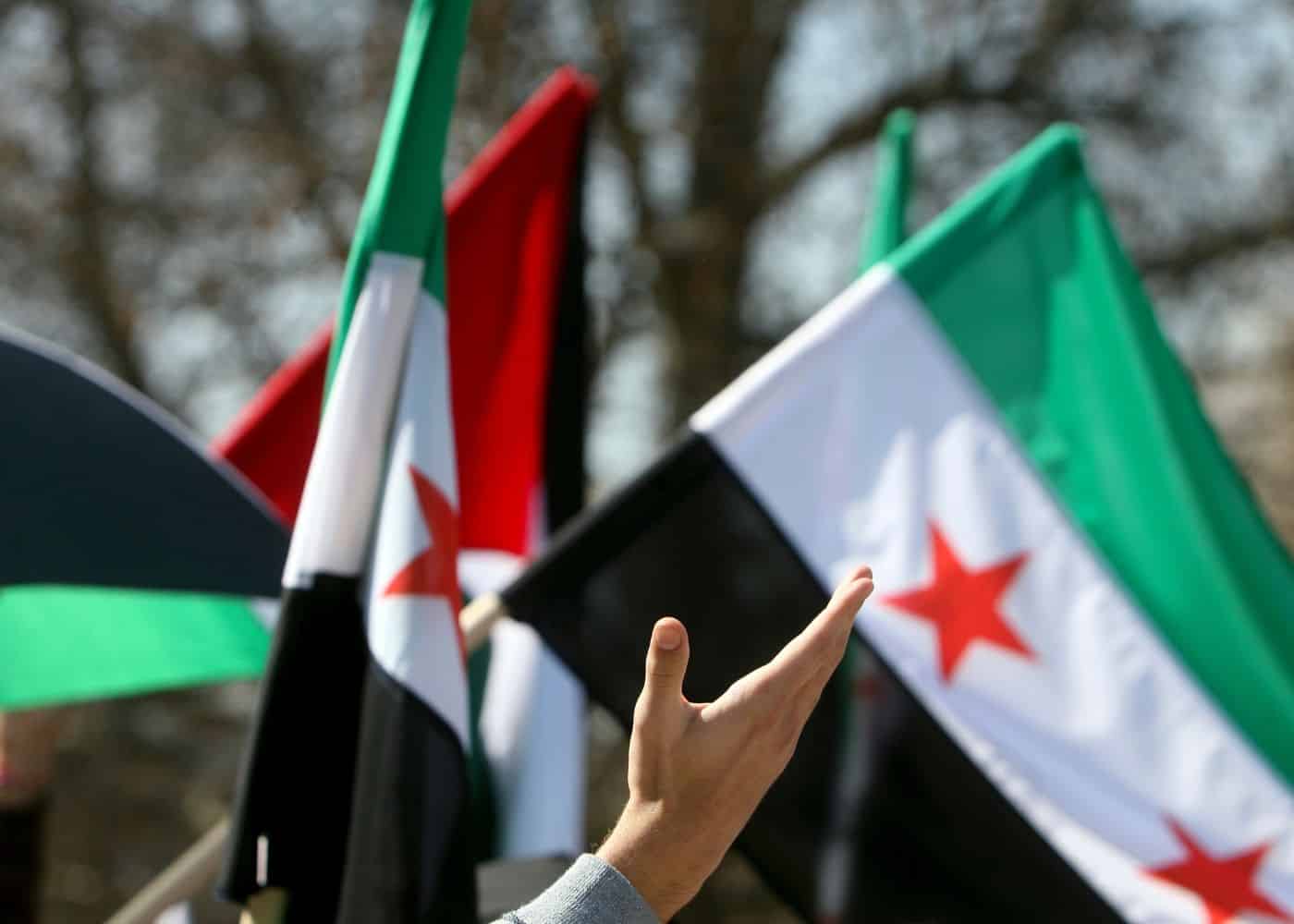
Respecting the proper usage and display of the Syrian flag is of utmost importance. Understanding flag etiquette is essential, especially during national events and ceremonies. Learn about the protocols governing the handling, hoisting, and lowering of the flag. Discover the appropriate procedures for retiring or handling damaged flags, ensuring they are accorded the respect they deserve.
- Proper Handling: It is essential to handle the flag with care and respect. Avoid letting it touch the ground or floor, and hold it upright without dragging.
- Hoisting and Lowering: The flag should be hoisted briskly and lowered ceremoniously. It is customary to hoist the flag at sunrise and lower it at sunset, following specific guidelines or occasions.
- Displaying the Flag: When displaying the flag vertically, the red band should be on the top, followed by the white band in the middle and the black band at the bottom. Ensure the flag is freely flown and not entangled or obstructed.
- Half-Staff: Lowering the flag to half-staff is a gesture of mourning or respect. This should be done on specific days of remembrance or as directed by authorities to honor national tragedies or the passing of significant figures.
- Flag Retirement: When a flag becomes damaged, torn, or worn out, it should be retired in a dignified manner. Follow appropriate guidelines and local regulations for retiring the flag, which may include burning it in a respectful and solemn ceremony.
- Flag Size and Placement: The size of the flag displayed should be proportionate to the flagpole or display area. Consult local guidelines or authorities for specific rules regarding flag size and placement.
- Respectful Disposal: If a flag cannot be retired through burning, it should be disposed of in a respectful manner. Consider burying it or handing it over to authorized organizations that specialize in flag disposal.
Interesting Facts and Trivia

Embark on a journey of fascinating facts and lesser-known trivia about the Syrian flag picture. Discover unique features within the flag’s design that hold hidden symbolism. Uncover stories of famous incidents or events involving the flag that have left an indelible mark on the nation’s history and identity.
Rich Tapestry of History
- 1920: The modern flag was adopted during the Arab Revolt against the Ottoman Empire, symbolizing the struggle for independence and Arab unity.
- 1946: After the end of the French Mandate, Syria gained independence and continued using the same flag, representing the aspirations of the Syrian people.
- 1958-1961: Syria merged with Egypt to form the United Arab Republic, adopting a new flag that incorporated the flag into a broader design.
- 1980: The current design of the flag, with two green stars, was reintroduced, representing the unity and solidarity among the Syrian people.
These historical facts highlight significant moments in the history of the flag from Syria, showcasing its role in shaping Syria’s national identity and symbolizing its struggles and achievements throughout the centuries.
Flag-Related Symbols and Emblems
A flag is not alone in representing the nation’s identity. Explore additional national symbols and emblems closely associated with Syria, understanding their significance and how they relate to the flag. Delve into their historical and cultural roots, further enriching your understanding of the country’s heritage. The Syria tourist attractions are plenty and full of interesting historical facts.
Symbolisms of the Syrian Flag
The flag of Syria holds several symbolic elements that represent the nation’s history, values, and aspirations. Here are the symbolisms of the Syria flag presented in itemized form:
- Red Color: Represents the valor, sacrifices, and courage of the Syrian people in their struggle for independence and freedom.
- White Color: Symbolizes peace, purity, and a bright future for Syria, reflecting the hope and aspirations of the Syrian people.
- Black Color: Represents the resilience and strength of the Syrian people to overcome dark periods of colonization and oppression.
- Green Stars: Symbolize the unity and solidarity among the Syrian people, reflecting the desire for Arab unity and the historical union between Syria and Egypt.
- Historical Legacy: The flag symbolizes Syria’s rich history, including its fight for independence, struggle against colonization, and the pursuit of unity and solidarity.
- National Identity: The flag serves as a powerful symbol that unifies the Syrian people, reminding them of their shared heritage and cultural identity.
- National Aspirations: Through its design and elements, the flag embodies the aspirations and values of the Syrian nation, including independence, freedom, unity, and peace.
These symbolisms in the flag contribute to the country’s sense of identity and pride, reflecting its historical journey and cultural significance.
Flags of Similar Countries or Regions
Examining the flags of neighboring countries or regions can provide intriguing insights. Compare and contrast the flags, exploring similarities in design, colors, or symbolism. Uncover historical and cultural connections between flags, shedding light on shared influences or distinctive identities. Making a Syria tour is always a possibility in total safety.
Syrian Flag vs Turkish Flag

Similarity: Both flags prominently feature the color red, a symbol of strength and bravery.
Difference: The Turkish flag consists of a red background with a white crescent moon and a star, whereas the Syrian flag has three horizontal stripes; red on top, white in the middle adorned with two green stars, and black at the bottom.
Syrian Flag vs Iraqi Flag
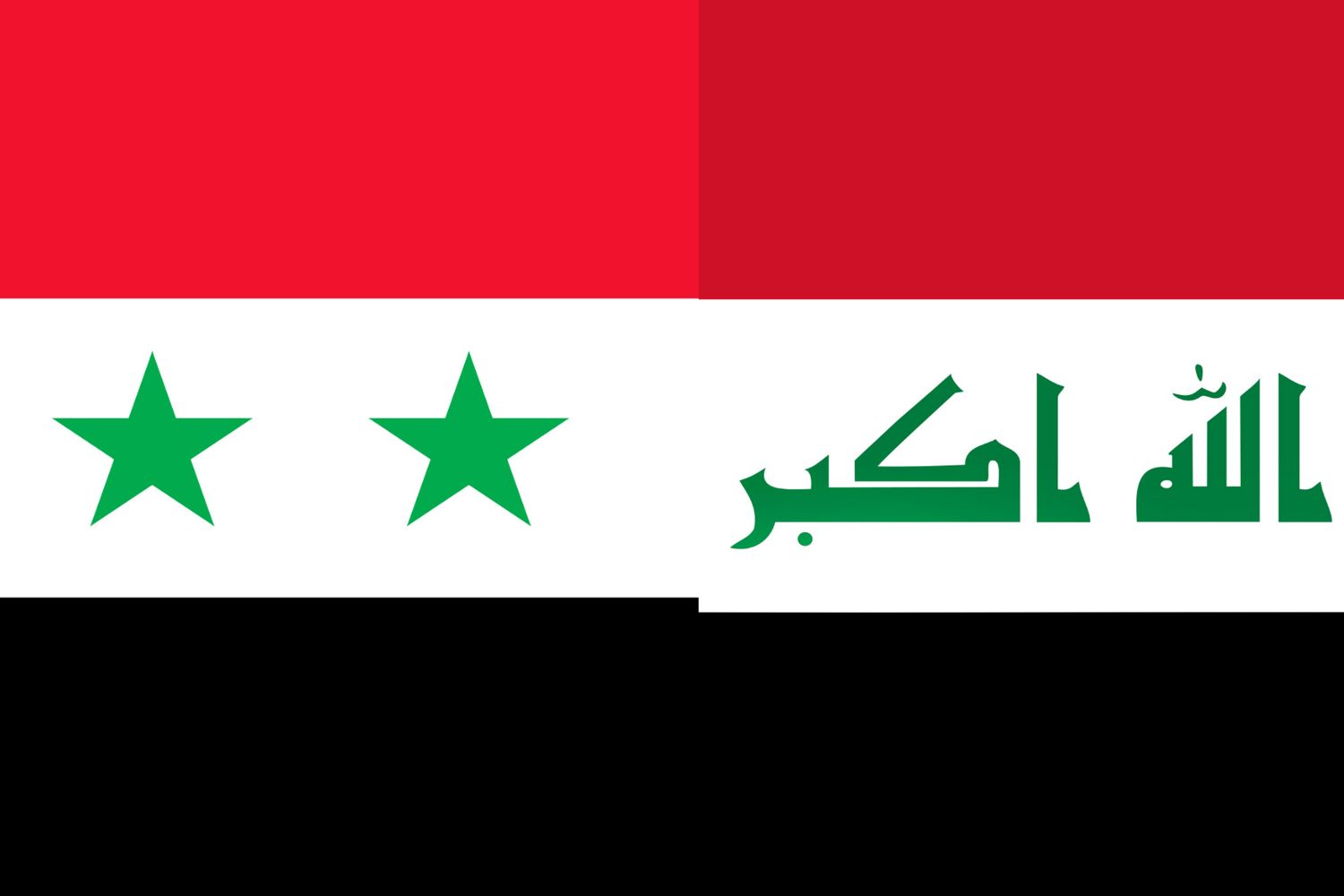
Similarity: Both flags incorporate the colors black, white, and red in horizontal stripes.
Difference: The Iraqi flag features the Takbir (Arabic for “God is the Greatest”) written in Kufic script, while the Syrian flag includes two green stars in the white stripe.
Syrian Flag vs Jordanian Flag

Similarity: Both flags use the color scheme of black, white, and red arranged in horizontal stripes.
Difference: The Jordanian flag has a red equilateral triangle on the hoist side housing a white seven-pointed star, while the Syrian flag features two green stars on the white stripe.
Syrian Flag vs Lebanese Flag
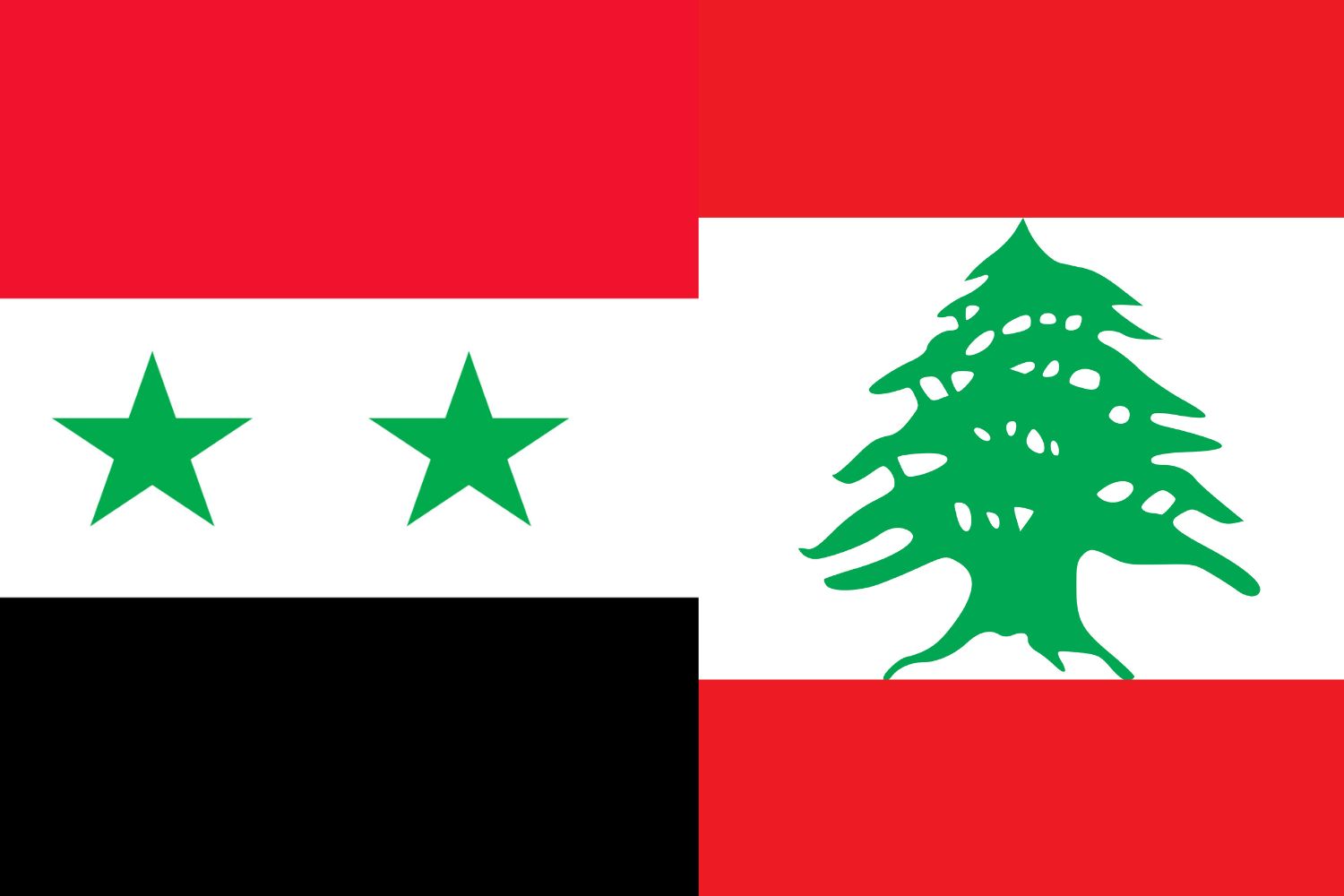
Similarity: Both flags feature the color red, representing the sacrifices made for freedom and independence.
Difference: The Lebanese flag includes a green cedar tree centered on a white band between two red stripes, whereas the Syrian flag has three horizontal stripes with two green stars in the white central stripe.
Syrian Flag vs Israeli Flag
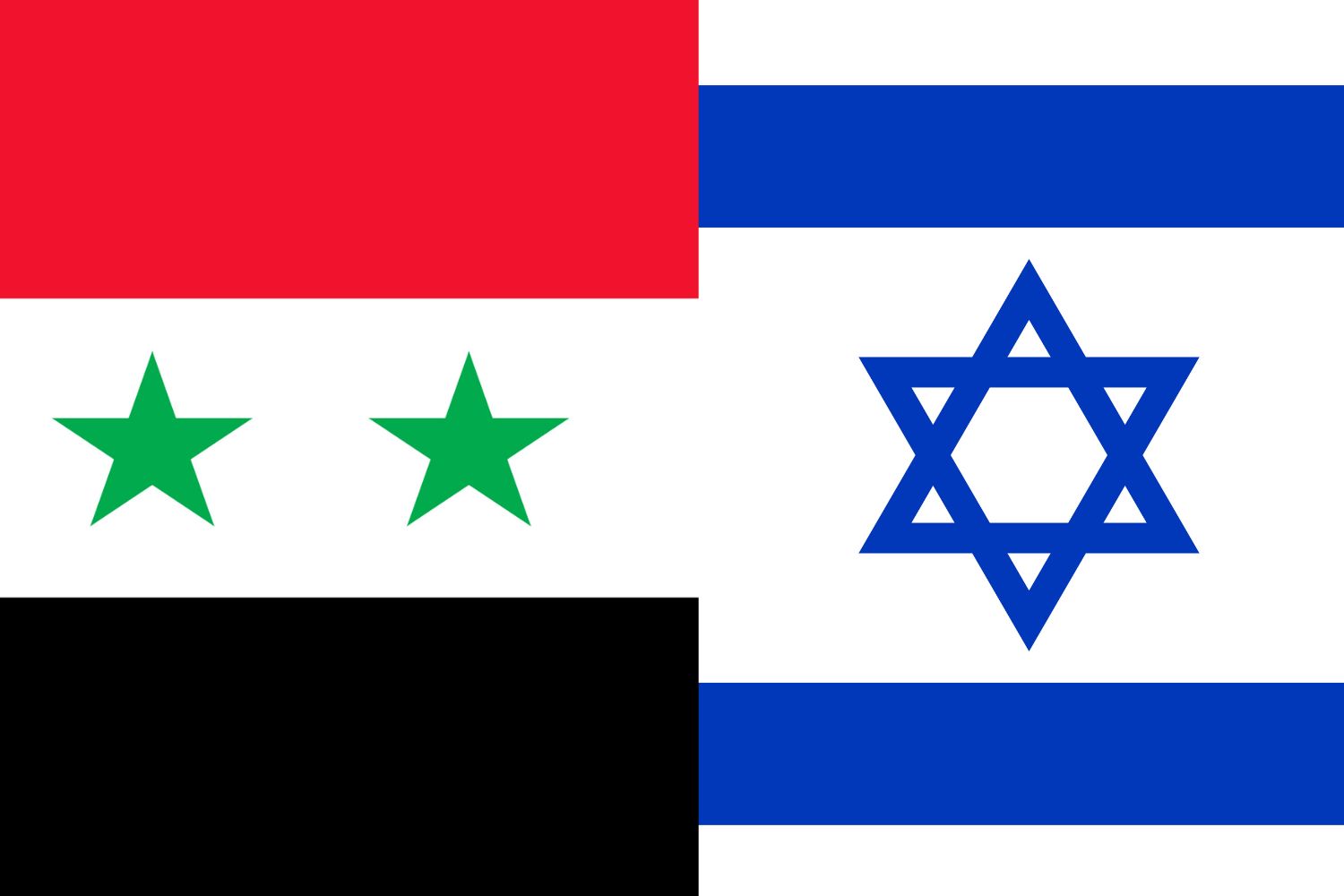
Similarity: Both flags feature a strong contrast of vibrant colors, which signify various historical and cultural meanings.
Difference: The Israeli flag is characterized by two blue horizontal stripes near the edges and a blue Star of David in the center, between the stripes, all on a white field. In contrast, the Syrian flag showcases horizontal stripes of red, white, and black with two green stars in the white stripe.
Syrian Flag vs Palestinian Flag

Similarity: Both flags share the colors black, white, and red in their design, which are pan-Arab colors.
Difference: The Palestinian flag features a green triangle at the hoist side, while the Syrian flag is distinguished by two green stars located in the white stripe.
Frequently Asked Questions (FAQs)
Discover answers to common questions related to the Syria flag picture. From its historical origins to the symbolism behind its elements, find concise and informative responses that address inquiries commonly posed by those curious about Syria’s flag.
What do the colors of the flag of Syria represent?
The red color represents the sacrifices and struggles of the Syrian people, while the white color symbolizes purity, peace, and a bright future for Syria.
How many stars are there on the Syria flag and what do they represent?
The Syria flag features two green stars in the white band. The stars represent Syria and Egypt, the two countries that formed the short-lived United Arab Republic in 1958.
What was the previous design of the Syrian flag picture?
The previous design of the Syria flag picture, used from 1963 to 1980, featured three stars representing the union between Syria, Egypt, and Iraq in the United Arab Republic.
Does the Syrian flag have any historical significance?
Yes, the flag has historical significance as it represents the country’s struggle for independence, and unity, and its role in regional alliances.
What is the meaning of the colors and symbols on the flag from the Syrian flag?
The red color symbolizes the bloodshed and sacrifices of the Syrian people, the white color represents purity and peace, and the two green stars signify the historical unity between Syria and Egypt.
How should the Syrian flag be displayed and handled?
The Syrian flag should be treated with respect and dignity. It should be hoisted and lowered carefully, without touching the ground, and displayed upright and freely, following proper flag etiquette.
Can the Syrian flag be used for personal or commercial purposes?
The Syrian flag is a national symbol and should be used with respect and in accordance with the laws and regulations of Syria. Using it for personal or commercial purposes should be done in a manner that upholds its dignity and significance.
Are there any specific guidelines for the proper disposal of a damaged flag?
When a Syrian flag becomes damaged, torn, or worn out, it should be disposed of in a respectful manner. Burning the flag in a solemn ceremony is a common method of proper flag disposal.
Has the design of the Syria flag remained consistent throughout history?
The design of the flag from Syria has undergone several changes throughout history, reflecting the country’s political developments and alliances. The current design, adopted in 1980, has remained unchanged since then.
More About Syria
[the-post-grid id=”50428″ title=”Syria Main page”]
